https://www.youtube.com/watch?v=zO9GAu5OoGE
Jazz Piano Chords - The Most Beautiful Progression
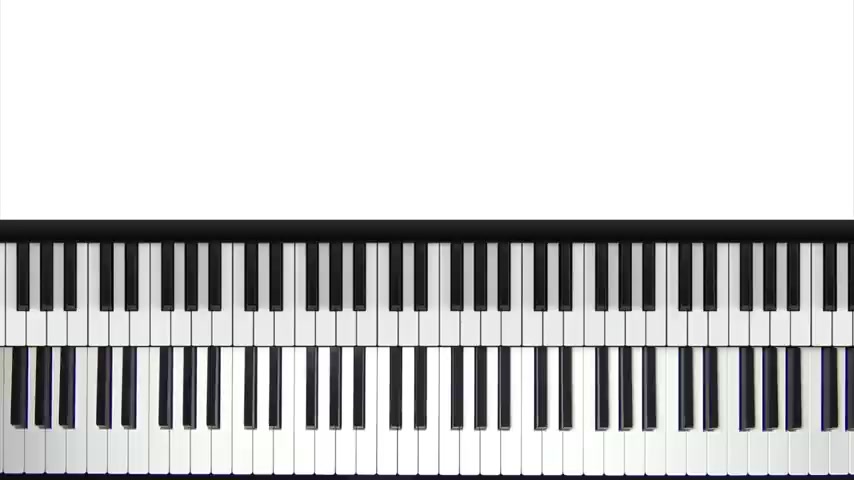
58.86 --> 66.62
We are playing in the key of E Flat Major today .
So first , let's play the scale .
Now this progression uses the diatonic seventh chords .
However , we make a few tweaks to the chord qualities to add some more interesting colours and flavours .
Let's first run through the regular diatonic seventh chords before we make any changes .
The one chord in E flat major is E flat major seven .
The two chord is F minus seven .
The three chord is G minus seven .
The four chord is a flat major .
Seven .
The five chord is a B flat seven .
The six chord is AC minus seven .
The seven chord is AD minus seven , flat five and then we're back to E Flat Major .
Seven .
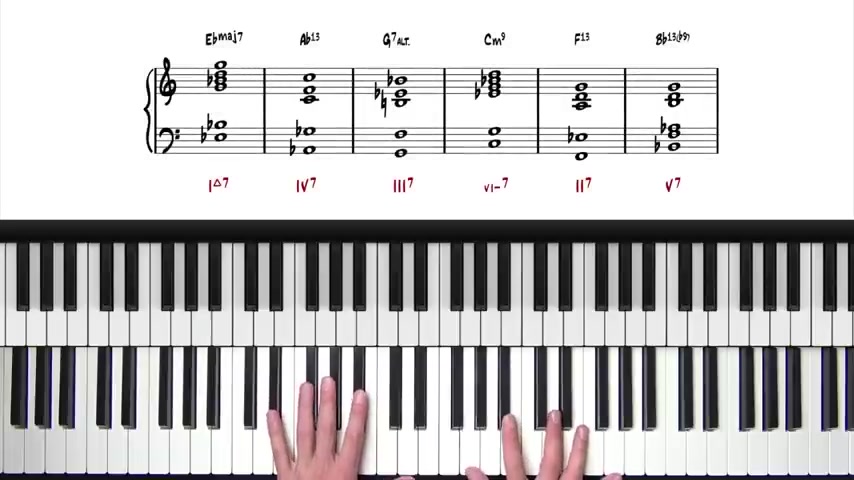
This progression starts on the one chord , so we start with E flat major seven and then we go to the fore cord .
But instead of playing a major seven , we play a dominant seven and I also had the 13 here , so that's an A flat 13 .
This dominant chord then wants to resolve either 1/5 down or a half Step down a half step down is G minus seven , which is the third or the the diatonic seventh chord off the third degree .
But again , we're not going to play this as a minor chord .
We're going to play it as a dominant chord , and I'm also gonna add the sharp five and the sharp nine , which gives it a lot of extra colour and tension .
So so far , we have E flat major seven , the one to a flat 13 , the four dominant to a G7 sharp five sharp nine .
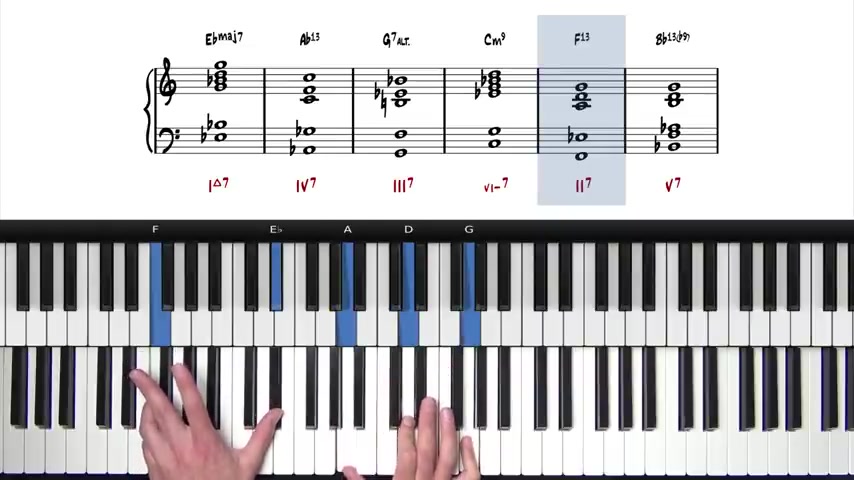
So three dominant , and then we go to the regular six chord .
So C minus seven .
The two chord would be an F minus seven in the key of E flat major .
But I'm going to play another dominant chord here .
We have an F 13 .
So you see the 13 and the nines here , and then I'm going to come up and I'm going to play the nine here .
And then I'm gonna go to a B flat 13 boy sing with the flat nine .
So you could also look at this as a G triad over a B flat seven shell .
And then I'm gonna go up and hit again .
I'm gonna hit the same note , the G octave , but an octave higher .
So let's listen to how that sounds .
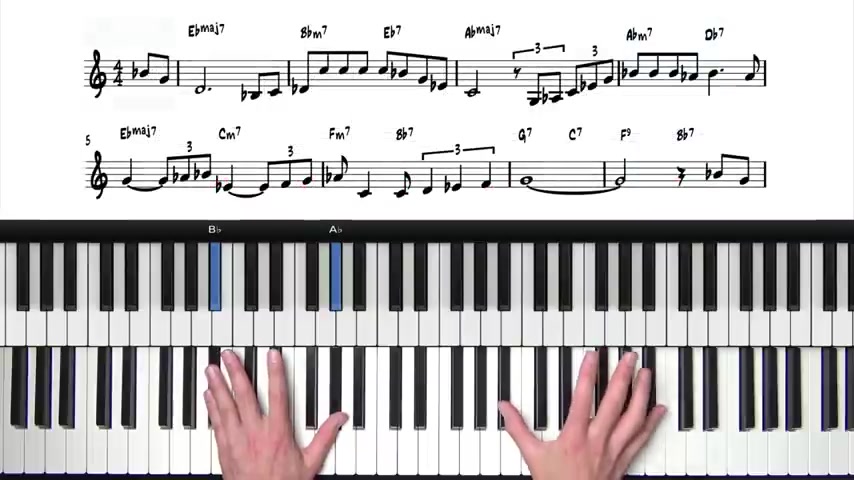
And then we can go into a tune , for example , Misty .
So this exact progression can be used to approach any jazz standard that starts on the tonic .
Of course , we're in the key of B flat here , but you can transpose those voicings .
And in fact , in the PDF download below this video , you can download this progression in all 12 keys .
So finally , I will show you a few variations , and we will use it as an intro for another tune in the key of V flat Major .
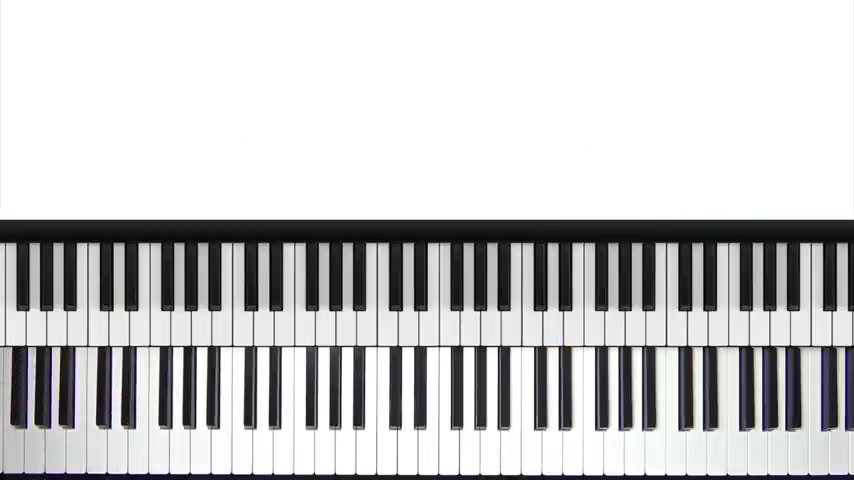
So I hope you've had fun with this lesson .
If you're interested in more cool progressions and jazz standards , head over to piano group dot com where we have lots of courses on this kind of stuff .
Remember to take the PDF download below .
You can find this exact progression in all 12 keys .
So that means whatever jazz standard you're working on , you can find a cool progression to add at the start .
I hope you enjoy practising this stuff and that it brings you some enjoyment in your playing and I will see you next time .
Are you looking for a way to reach a wider audience and get more views on your videos?
Our innovative video to text transcribing service can help you do just that.
We provide accurate transcriptions of your videos along with visual content that will help you attract new viewers and keep them engaged. Plus, our data analytics and ad campaign tools can help you monetize your content and maximize your revenue.
Let's partner up and take your video content to the next level!
Contact us today to learn more.